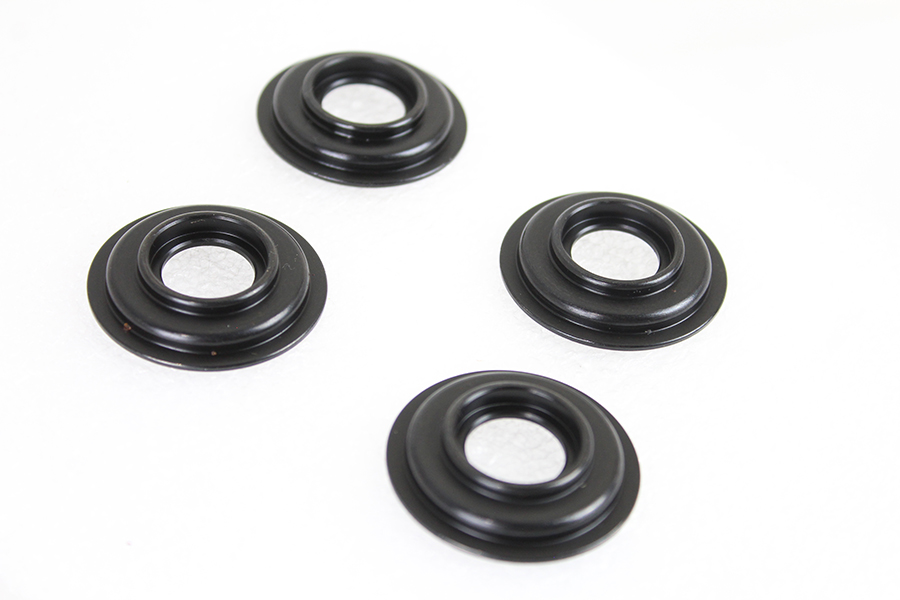

The shape of the wire can also influence its physical properties. By micropolishing the wire to a mirror-like finish, the stress risers are eliminated along with any chance they might cause the spring to fail. Small nicks in the surface of a spring can form stress risers that may lead to cracking and failure. Polishing is another technique that’s used to extend spring life. By diffusing nitrogen into the surface of the spring, the surface is made harder and stronger. Shot peening leaves a matte finish on the springs, while hardening the surface to help the spring handle higher loads and speeds without failing.

Shot peening has long been used to create compressive residual stresses in the outer layer of the spring wire. Spring manufacturers are also using special surface finishing procedures to extend spring life. Consequently, valve springs can be made smaller and lighter to handle more total valve lift and higher engine speeds without breaking. This may not sound like much, but in a slightly stressed valve spring it can make a huge difference in performance and durability. The ultimate tensile strength rating of the wire has gone up about 10 percent from where it used to be. If an imperfection is found, the spot is marked with a dab of paint, and all the wire up to several feet in either direction from that imperfection is discarded when it is made into a valve spring.īecause of these improvements, the wire that’s available to spring manufacturers today for making top-of-the-line high performance valve springs is much better than it was five to ten years ago. The wire is then scanned with an electrical eddy current to reveal any hidden imperfections. The center experiences the least stress, so the overall strength and durability of the wire is enhanced. When the wire is formed, it is rolled in such a way that any inclusions in its microstructure are pushed to the center of the wire. It’s called “super clean wire” because it contains almost no inclusions or imperfections. Several spring manufacturers we interviewed for this article told us that there have been significant improvements in the quality of the wire that many source from Japan for making springs. If you can achieve essentially the same degree of valve control with a lower spring rate, the springs will last longer and be less apt to break. But the stiffest springs are not necessarily the best anymore.

Stiffer springs are obviously needed if you are building a high rpm performance engine.


 0 kommentar(er)
0 kommentar(er)
